Growing Together: A Conversation With Biodiverse Garden Design
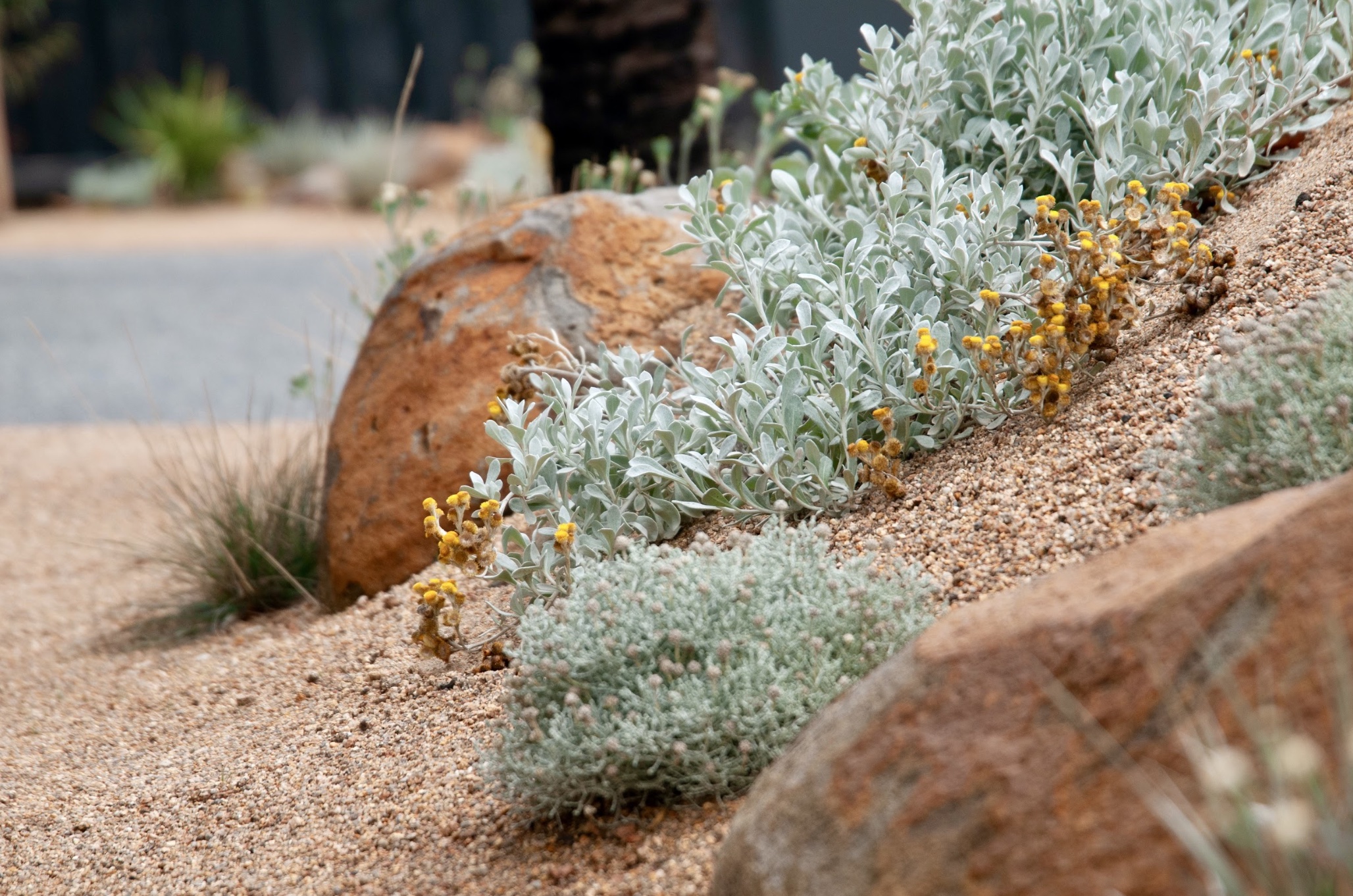
While we tend to focus on the interior mechanics and aesthetics of a property, this only tells half the story of a home. For those fortunate enough to grow up with a yard of sorts, it is often the careful keeper of first memories — where you learned how to ride a bike, where you met the outdoors, and where you developed motor skills like running and jumping. A communal space to experience life beyond its walls is an integral part of the family home structure.
Honing your outdoor scene for activities is one thing, but crafting it to complement your house and local ecology is another. And that’s where founders Jono Gooley and Kate Davis of Biodiverse Garden Design come in.
Biodiverse Garden Design is a landscaping service based in Victoria that approaches projects with a biodiversity lens — ensuring spaces are brimming with a variety of flora that ultimately fosters the prosperity of human and ecological life.
“It's incredible to think that something that supports our wellbeing, and that of the planet, can also add value to a home.”
They were kind enough to lend us their landscaping knowledge for this article, and the answers might just reframe how you perceive the spaces surrounding your home.
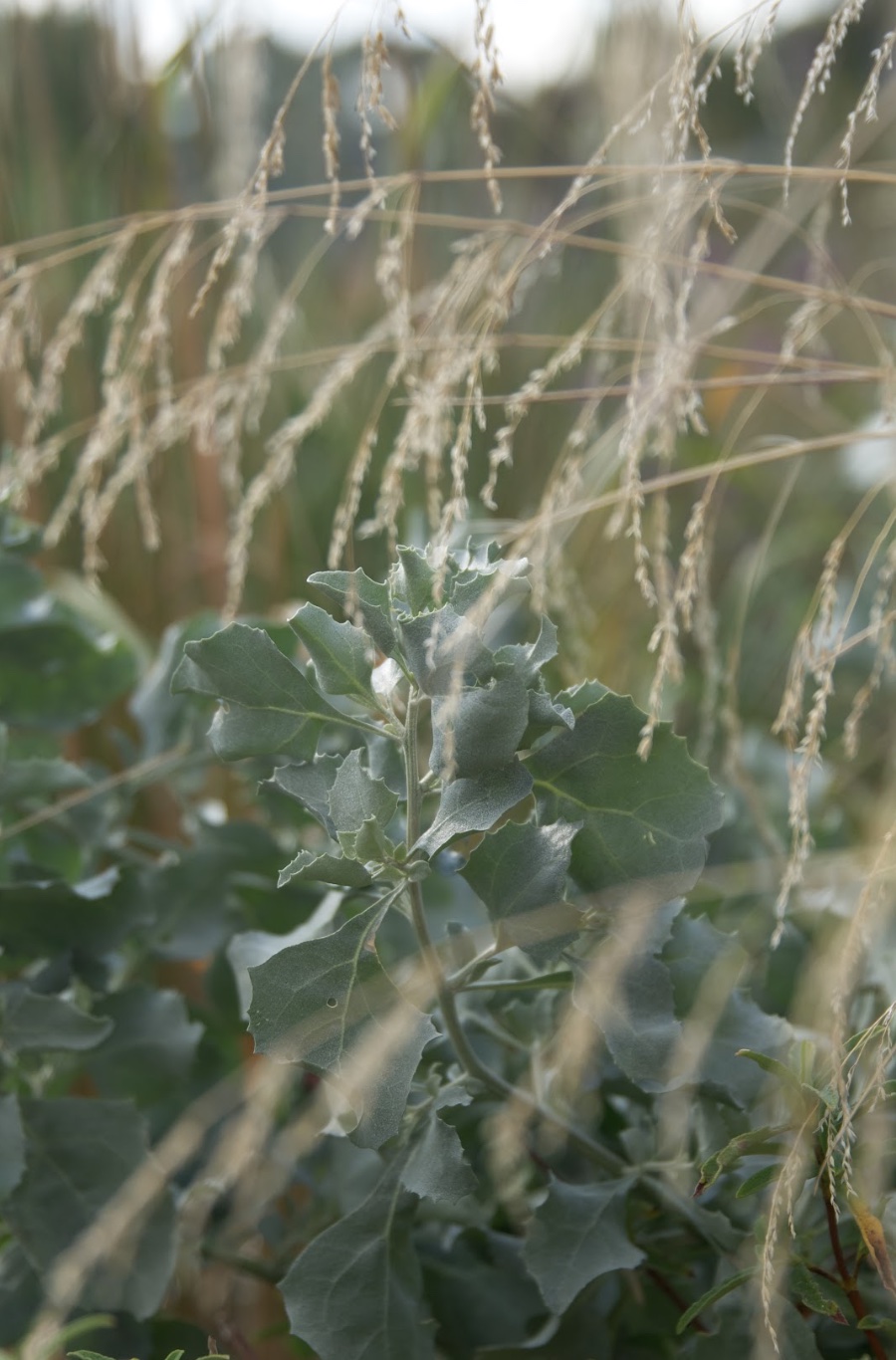
Q1. What initially drew you to landscaping, and how does your love for nature shape your approach to designing outdoor spaces?
I chose to work as a landscaper so I could spend time outside. Over the years, I developed a love of plants and a fascination with natural systems. Our sustainable designs are based on patterns in nature and a focus on restoring natural features. Building biodiversity and supporting ecosystems has never been more important. It's a win-win though, as biodiverse environments are better for people, too.
Q2. What do you think makes a good outdoor design, in your opinion?
A good outdoor design should draw you outside, help you unwind, and energise daily life. We help our clients connect with nature as there are evidence-based benefits to health and wellbeing. A good outdoor design should also futureproof your home and its value. Incorporating things like passive cooling, rain gardens, and edibles can boost climate resilience, reduce your footprint, and protect your home. This will also add value as buyers are willing to pay more for eco-friendly homes as sustainability becomes the norm.
Q3. How do you think a biodiverse approach influences a home's overall look and function?
A biodiverse approach to landscaping helps to create a relaxed atmosphere in a home. Green spaces are calming. Soft organic lines, layers of lush plants, and birdsong help us disconnect from our fast-paced, screen-oriented lives. Having a green view can make even the simplest room feel magical — as can the sound of running water. Building biodiversity and restoring natural systems helps to balance environmental challenges and improve resilience. Extreme heat, flash floods, bushfires, drought, and pests are just some of the pesky realities we help homeowners mitigate. Biodiverse gardens also require less maintenance as wild elements are embraced, and eventually, they look after themselves.
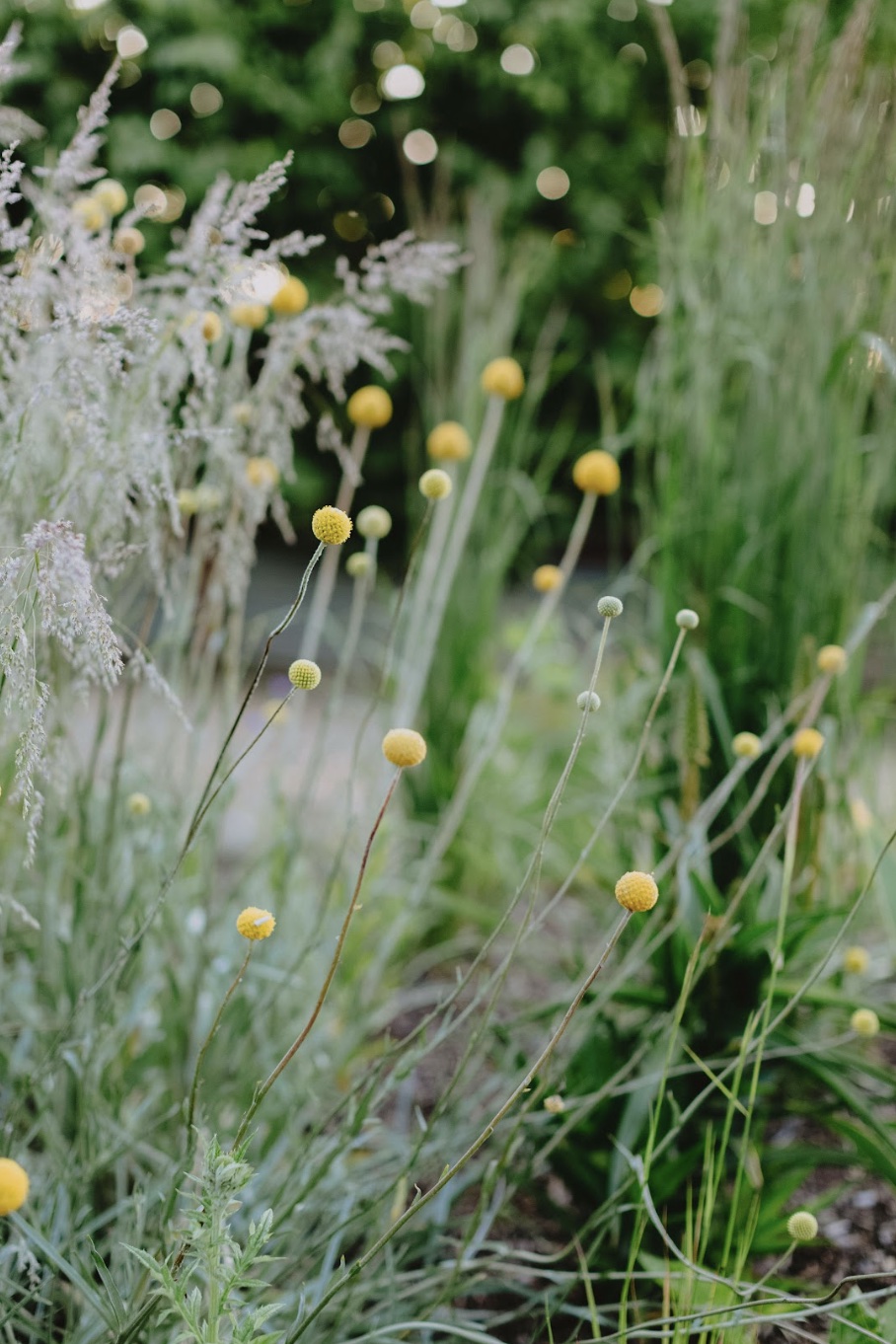
Q4. What considerations do you take into account during the planning stage of a project?
When planning a project, we start with our client's wishlist, the problems to solve, and the site's conditions. The function of our designs is as important as the aesthetic, so we do a thorough site analysis to ensure that we address all the challenges and quirks of a site. We design for the future and consider how a garden will look and function long-term. Build it once and build it to last.
Q5. Could you highlight an interesting plant species you've used and how it might contribute to an area’s ecological health?
We love to use Bulbine bulbosa ‘Bulbine Lily’ which is a native perennial herb that has bright yellow flowers that bees and other pollinators love. The tubers of the plant are edible and have a mild taste similar to leek. It's found throughout southern and eastern Australian grasslands. Grasslands are our most depleted ecosystem. By using grassland plants, we ensure their survival into the future. It’s also a great way to bring colour to the garden in early spring.
Q6. Can you share a memorable project and describe what made it particularly exciting?
The first DIY clients we worked with wanted to revegetate a large part of their garden. We selected indigenous species to work with the existing trees and incorporated a place to relax and enjoy the wildlife the area will attract. The clients keep us updated on their progress, and it’s thrilling to see them working hard to bring our design to life. Their garden is thriving!
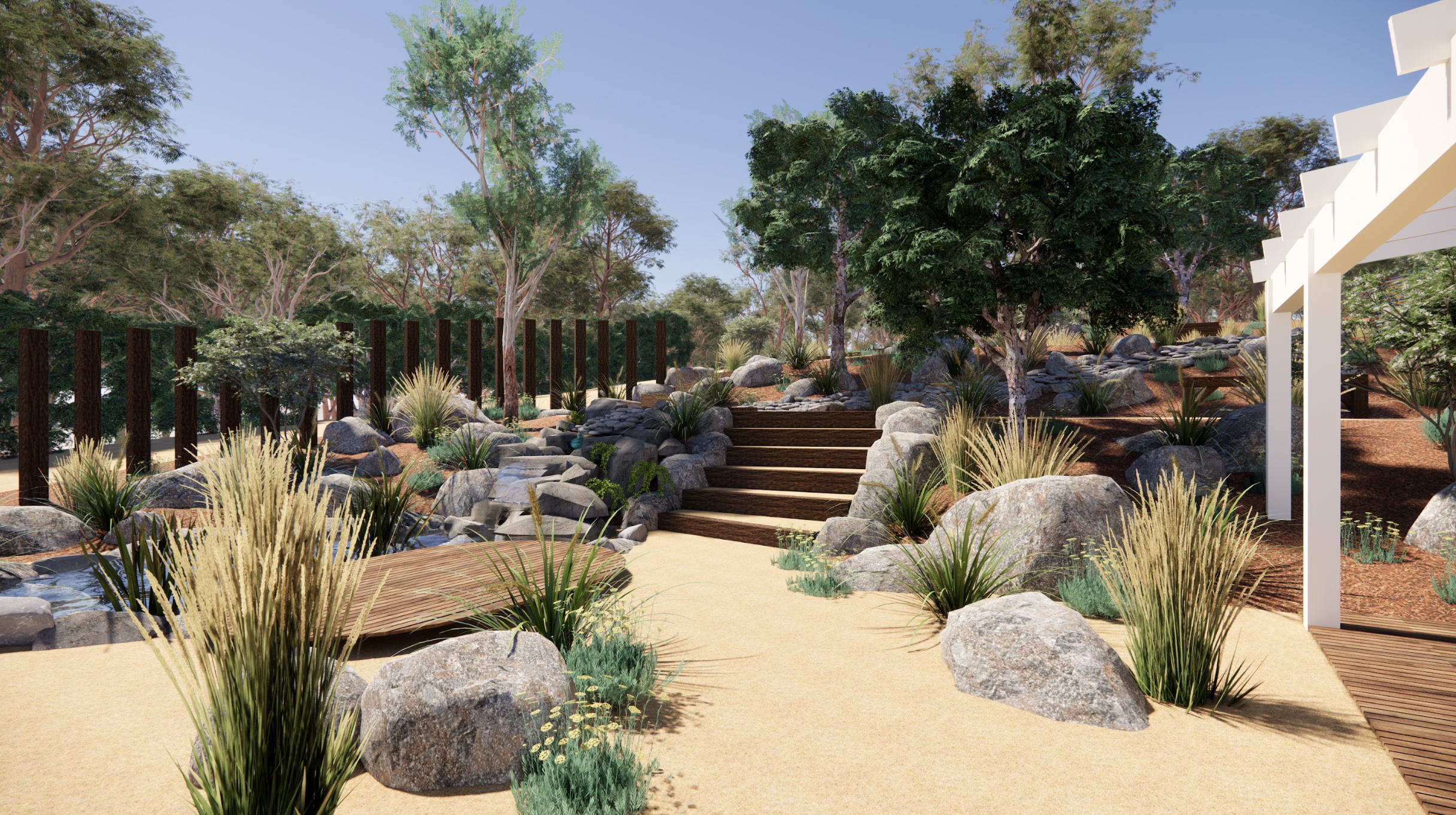
Q7. What are some things that people may not fully understand about landscaping?
Landscaping is so much more than something aesthetic or nice to have. Without a garden or with the wrong garden, your home is vulnerable to damage from extreme weather events, which are becoming more prevalent. Being exposed to the elements also makes a house uncomfortable, and you’ll end up paying a fortune for heating and cooling. Often when people build or renovate, they don’t budget for landscaping but this is a risky move. People also underestimate the cost of mistakes. It’s always tempting to DIY, but when you work with a designer and have a plan, you save money and heartache in the long run.
Q8. For those looking to start their own biodiverse garden, what are three key things to note?
1. Steer clear of chemicals such as pesticides and synthetic fertilisers.
2. Choose plants that are indigenous to your region and include as many different species as possible.
3. Include a water source for wildlife. A birdbath with large flat rocks for easy access is a great place to start.
Big thank you to Jono and Kate for sharing the ethos and expertise that goes into landscaping of this calibre. It showcases how the clever integration of plants around your property can protect, enliven, and support it — a generosity that extends towards the inhabitants, too.
Read our chat with Fallow Ridge Retreat, a boutique accommodation in New Zealand that integrated sustainability into its luxurious design.
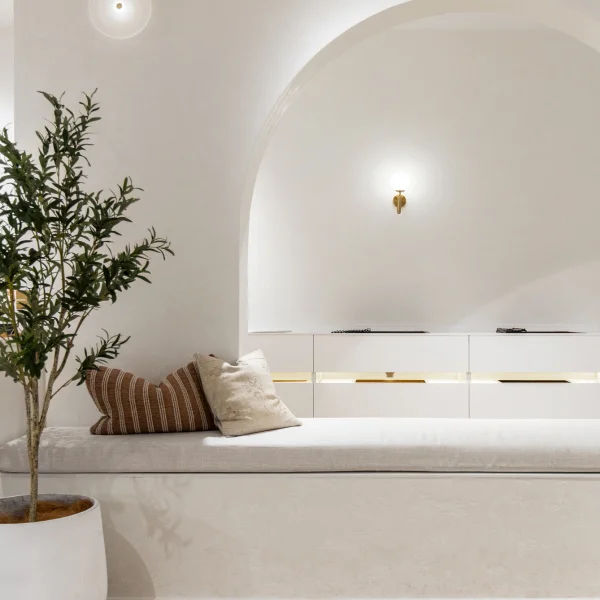

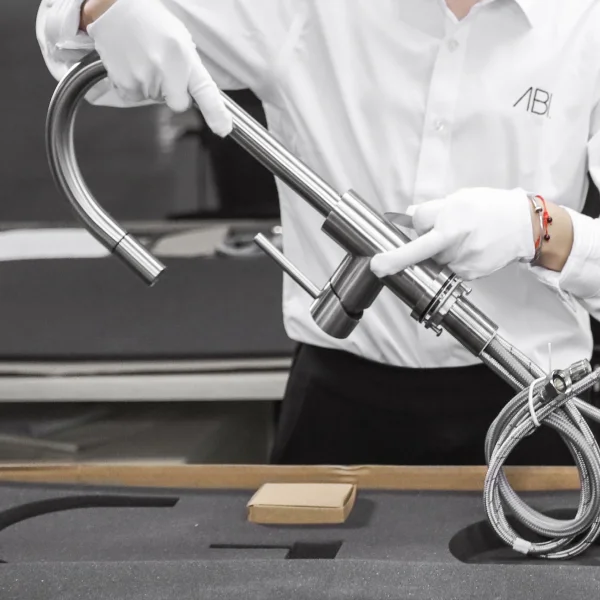
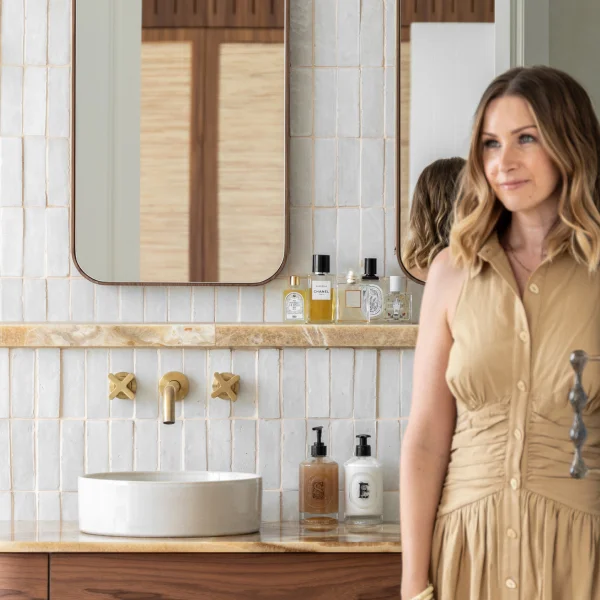
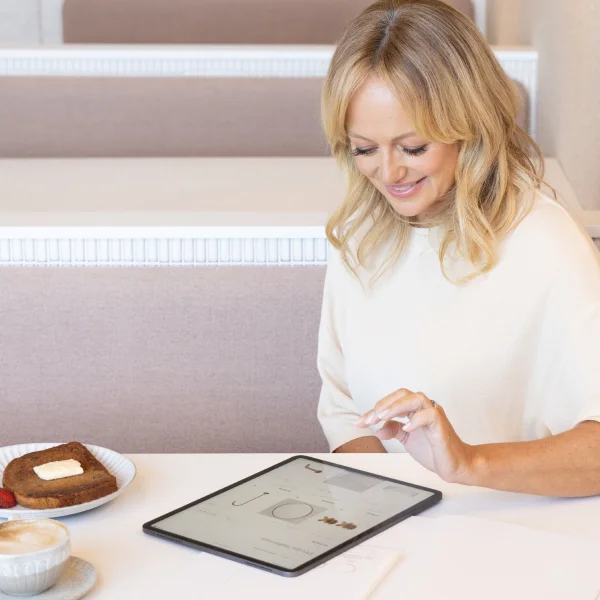
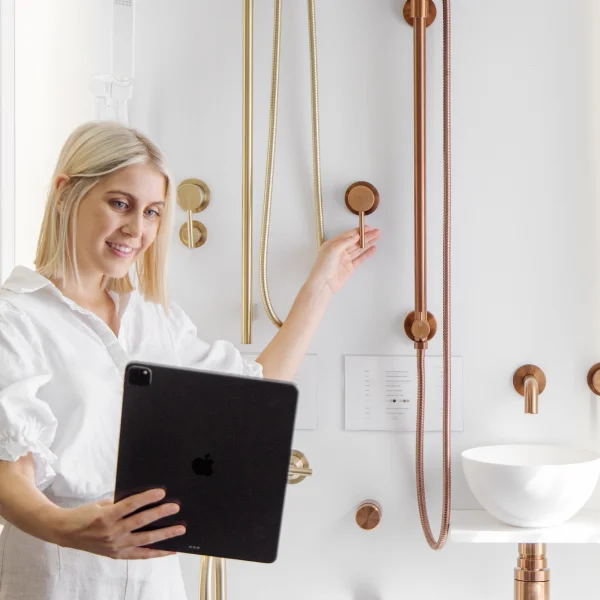
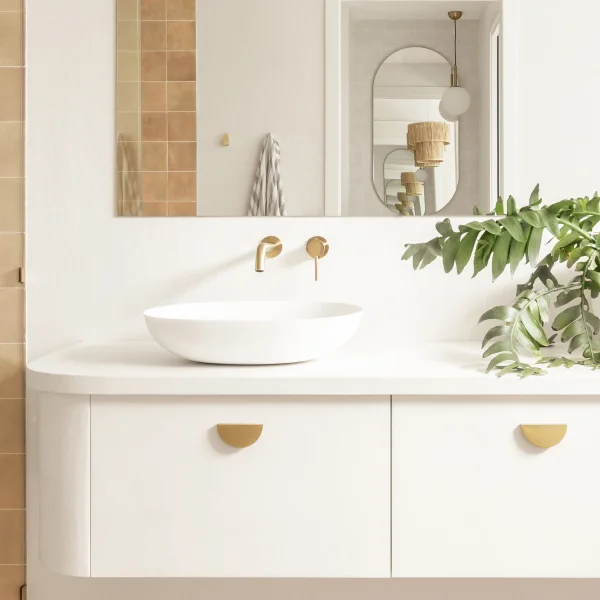

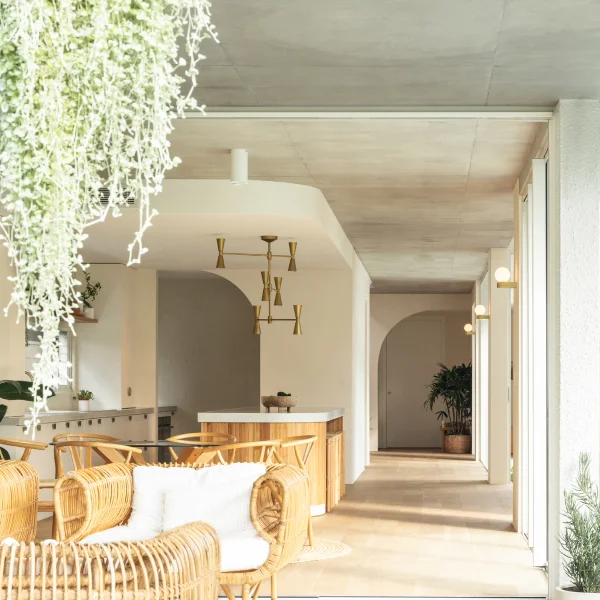
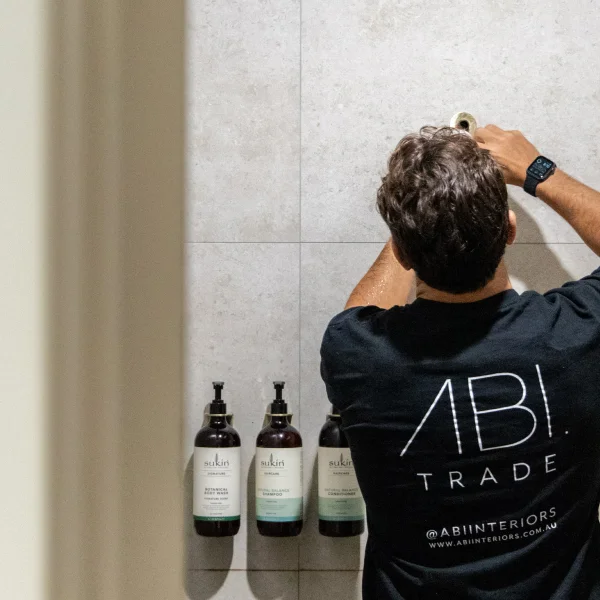
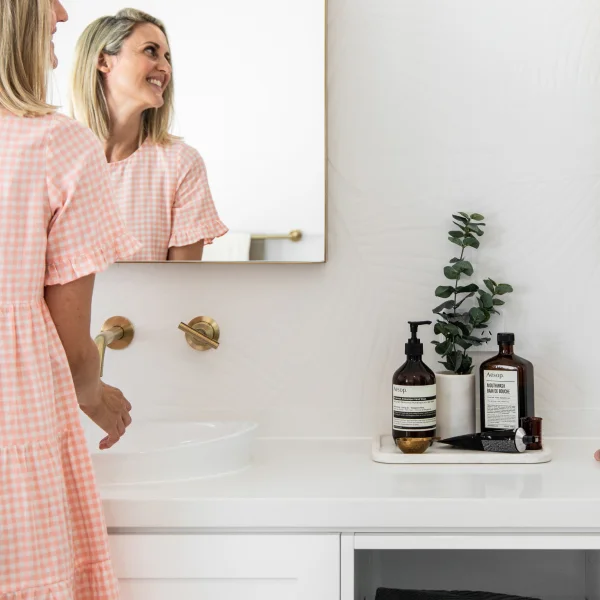


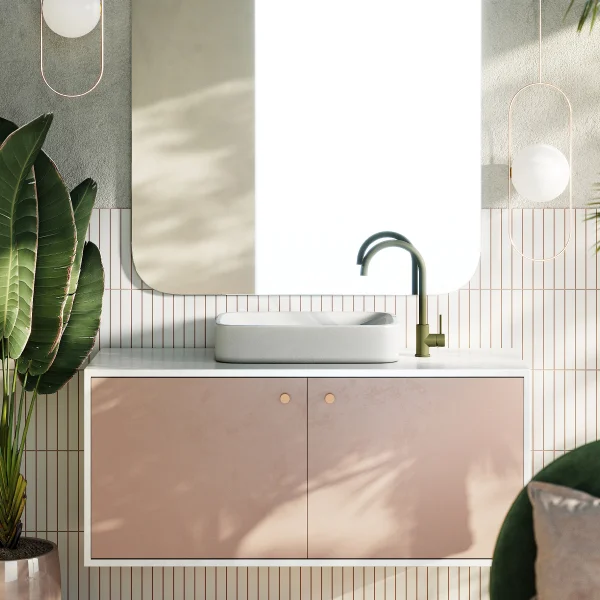
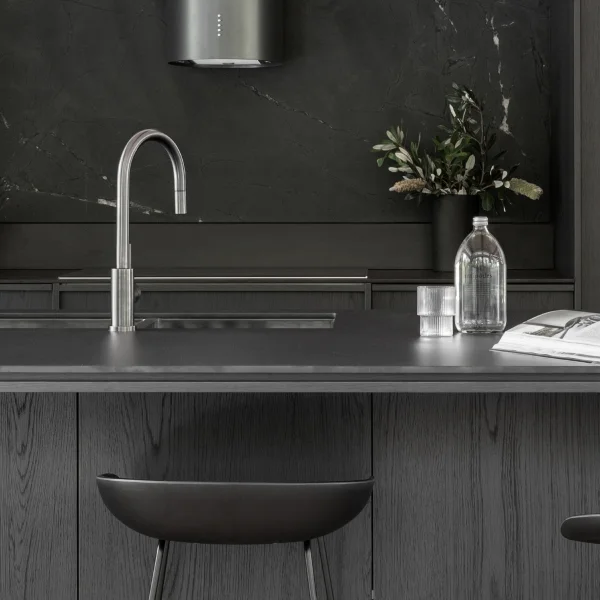
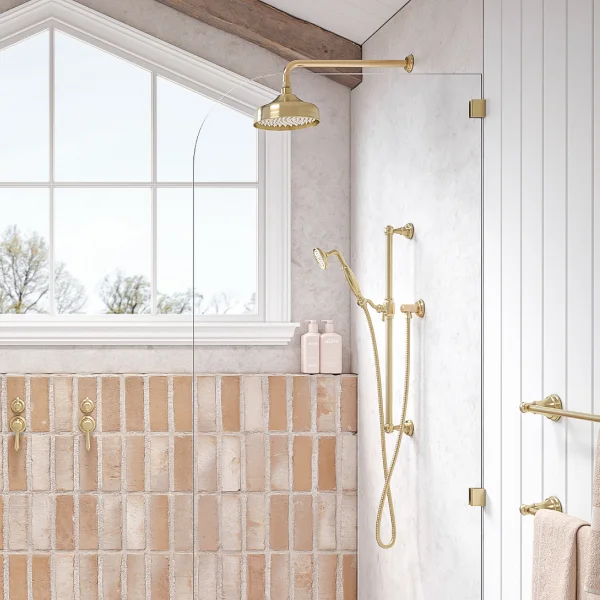
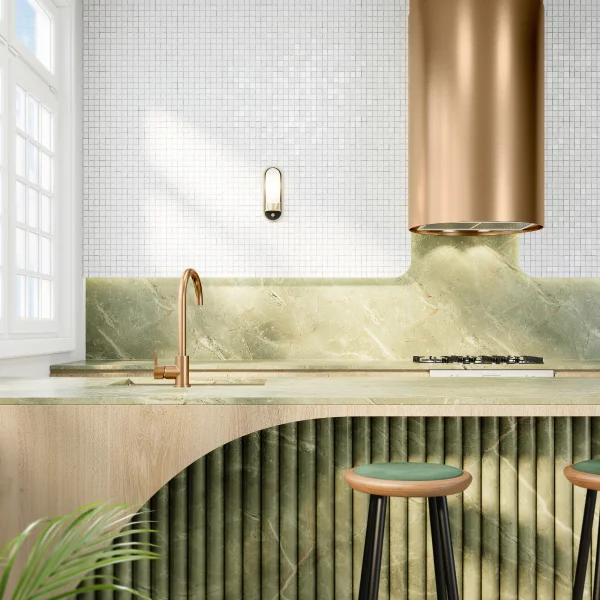
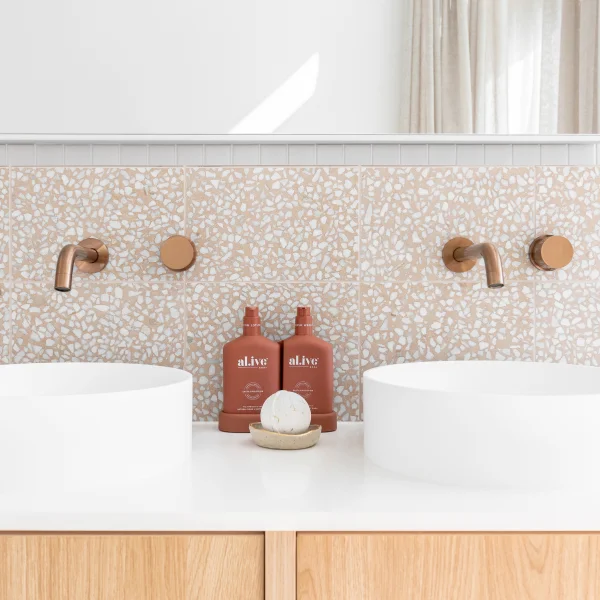

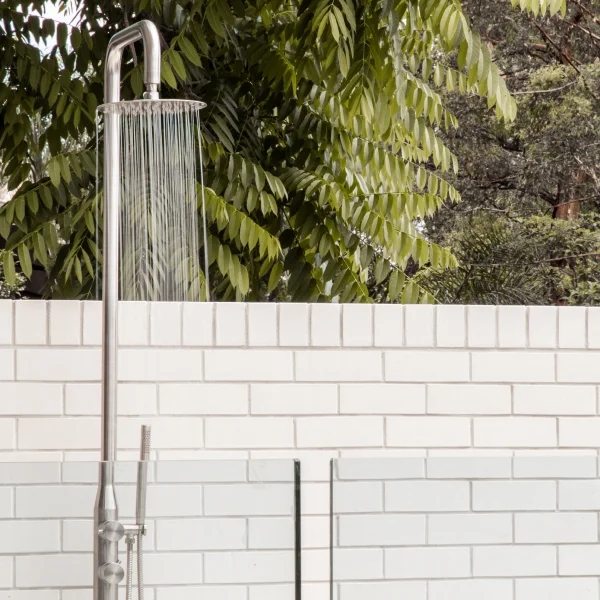
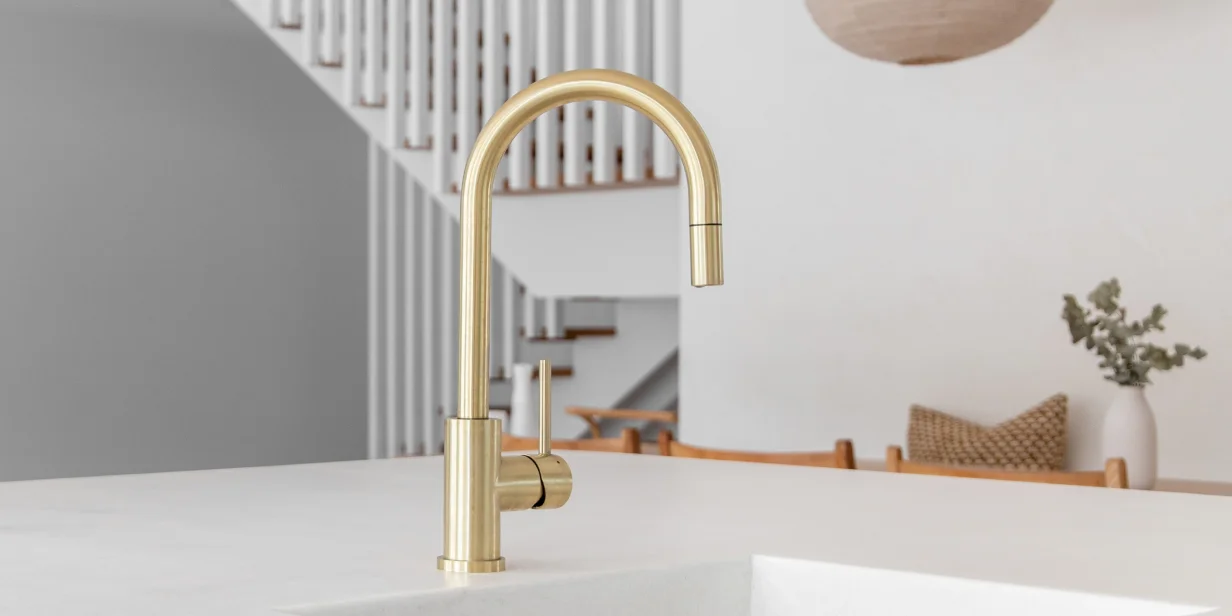
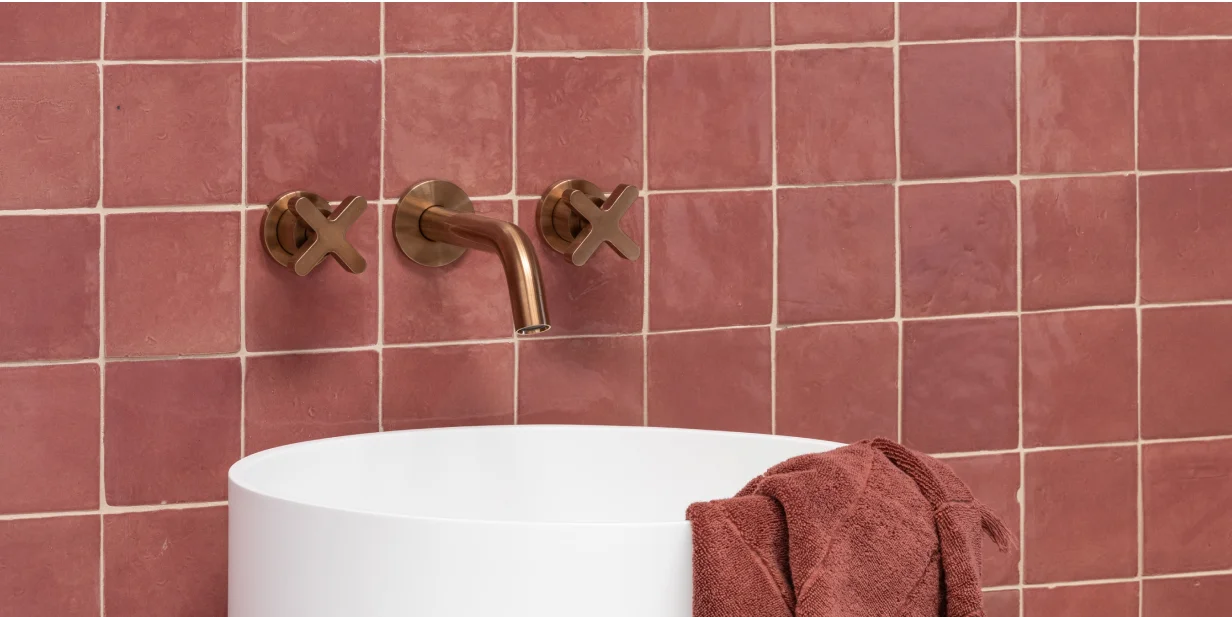
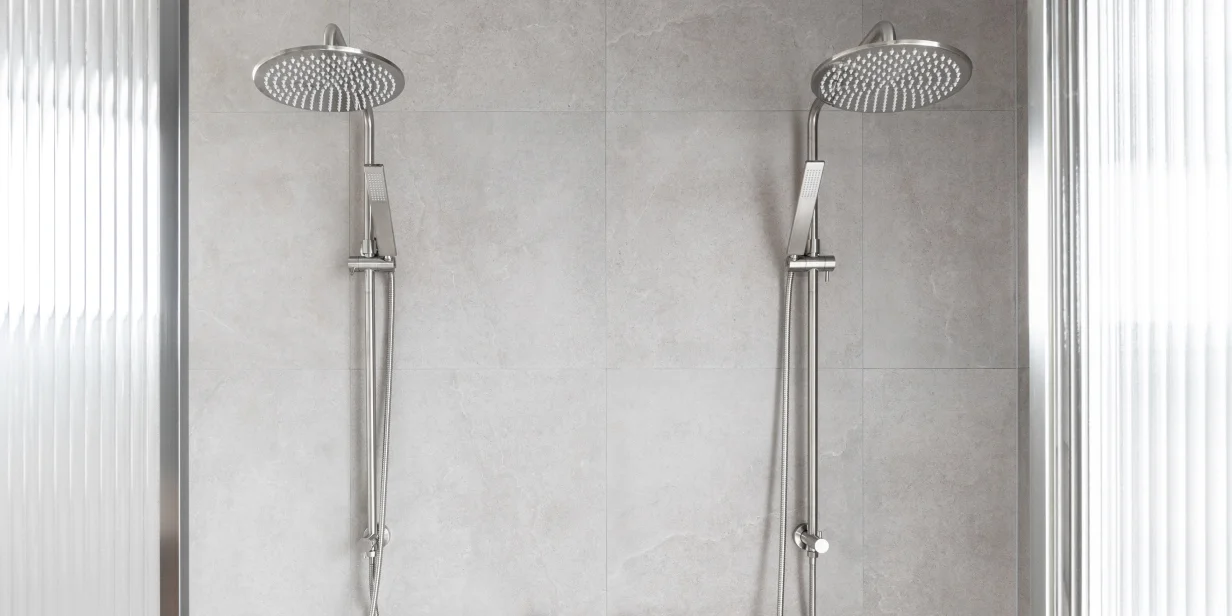
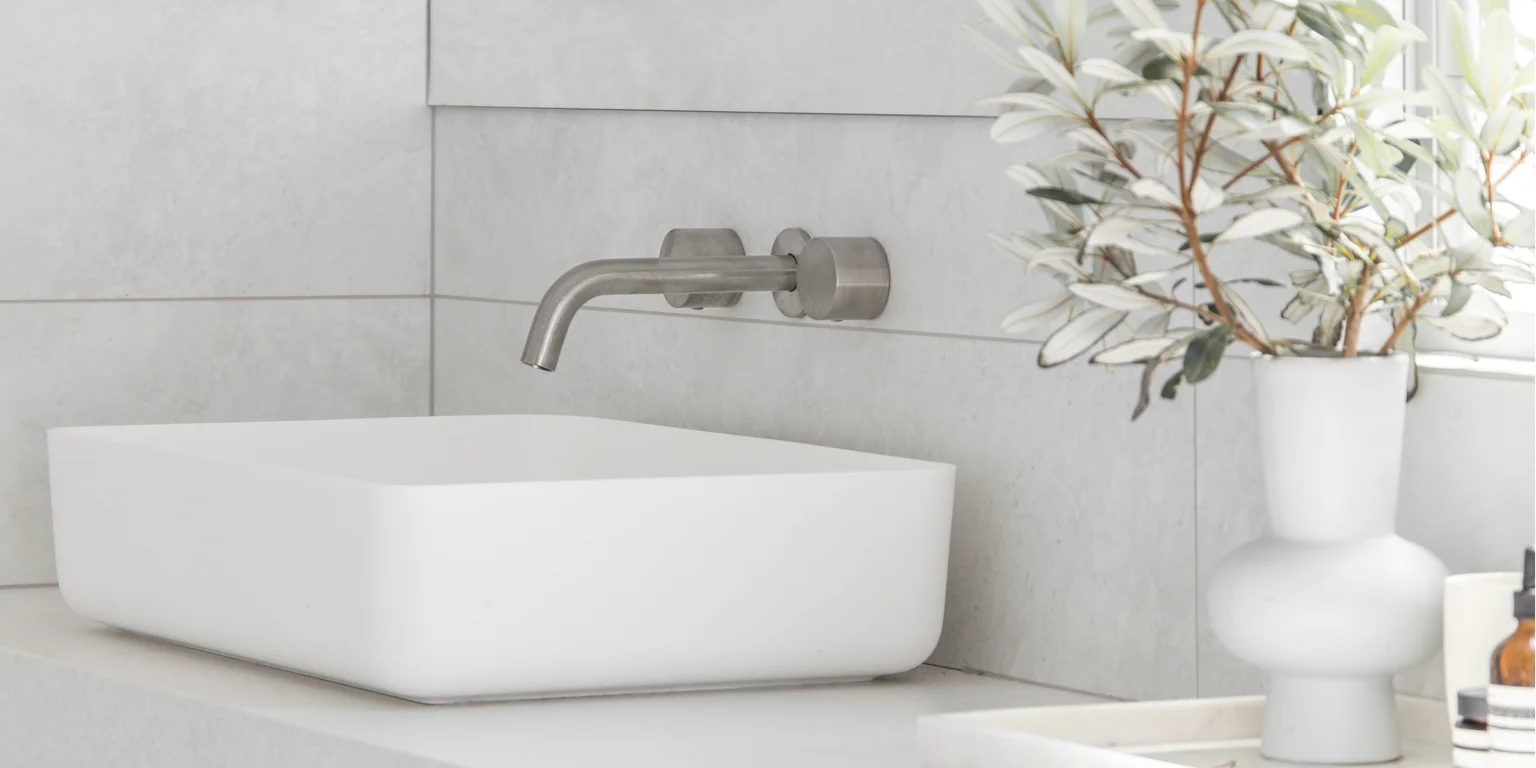
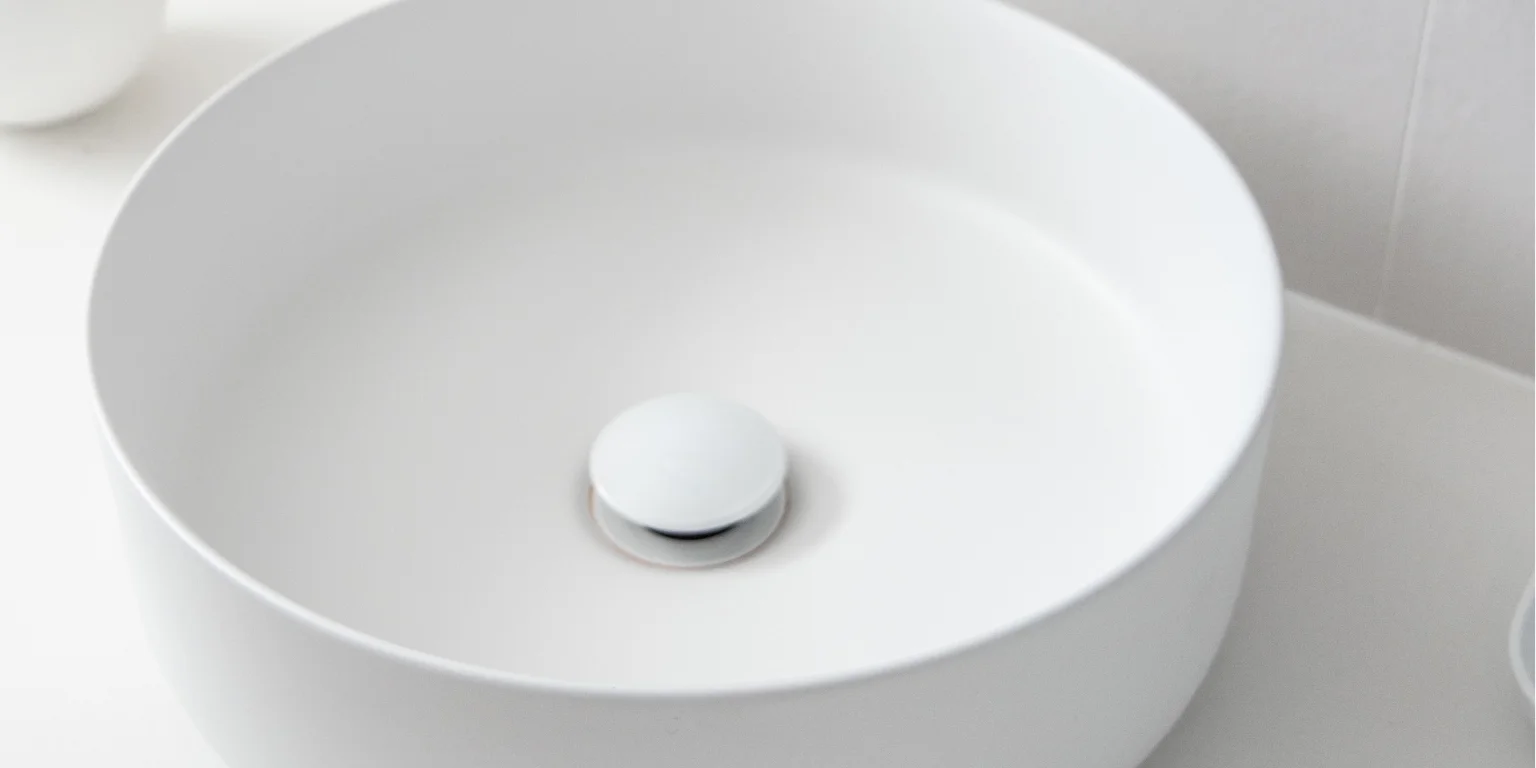

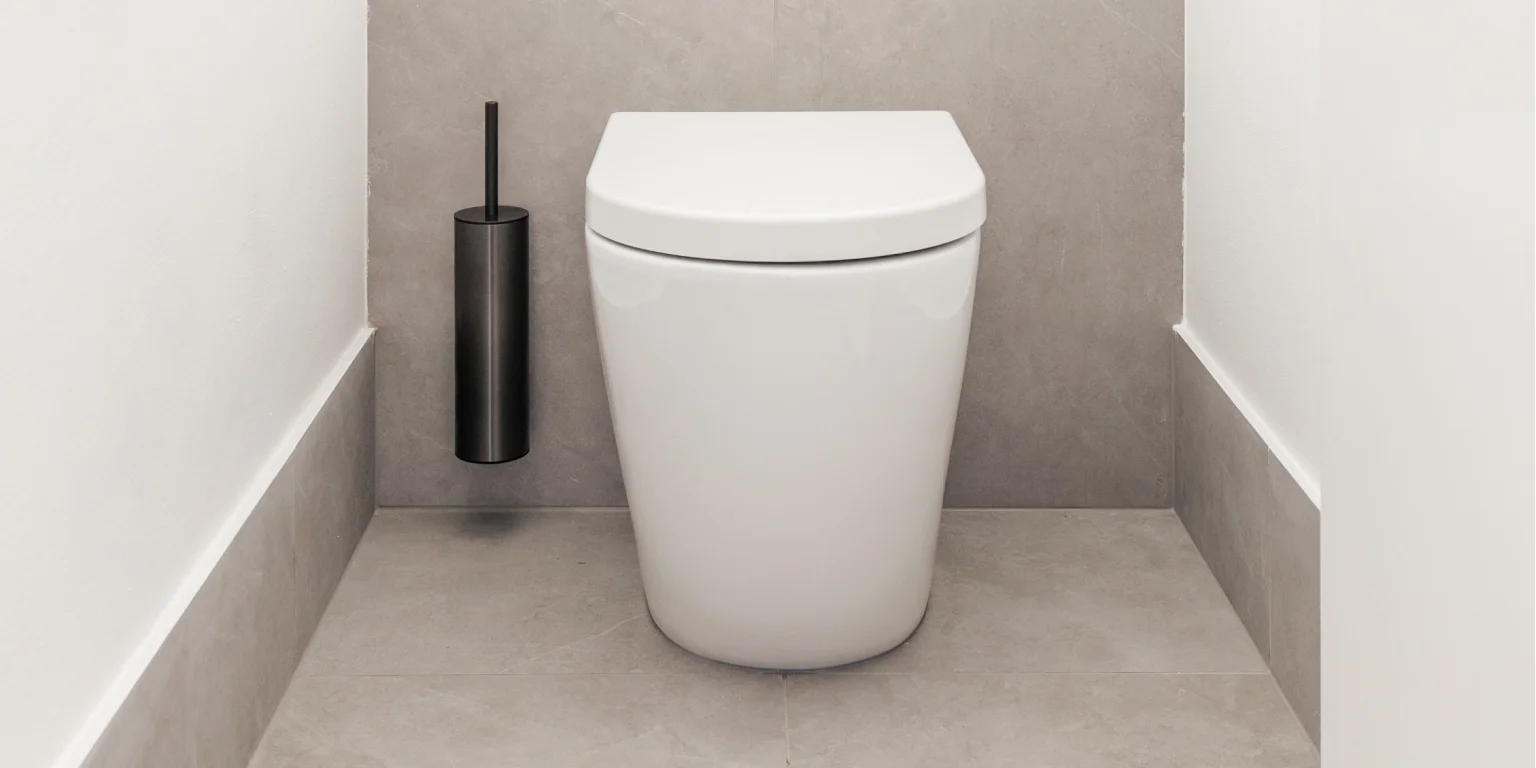

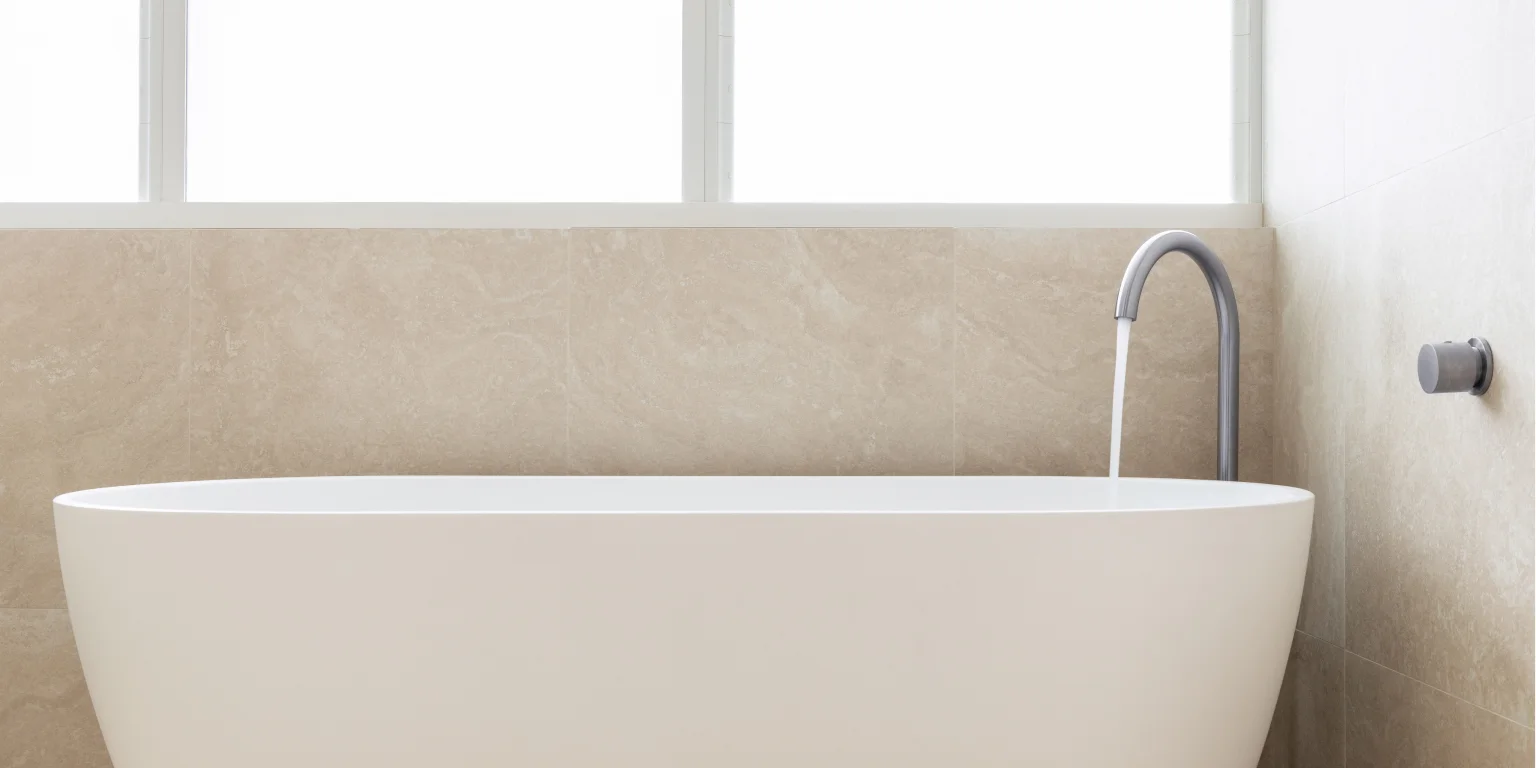
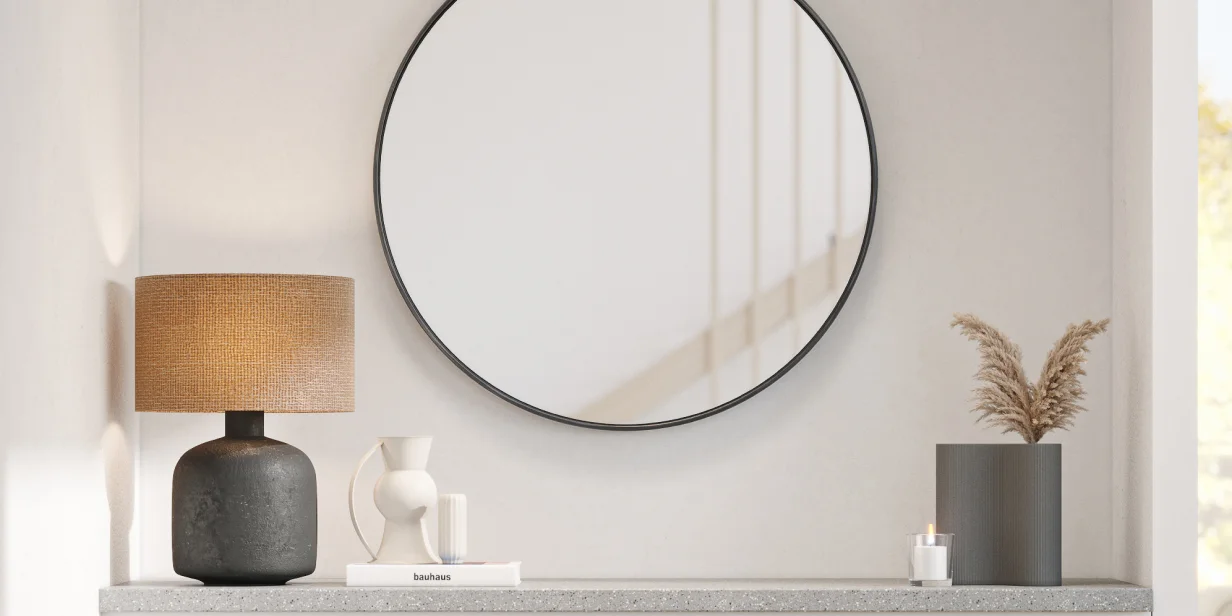
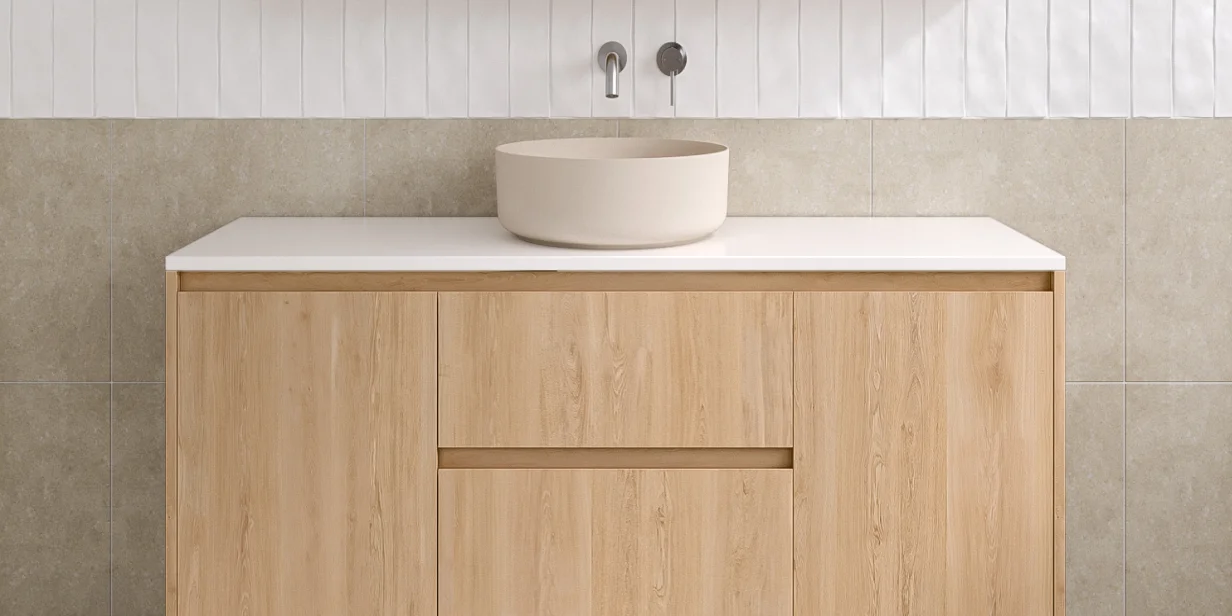
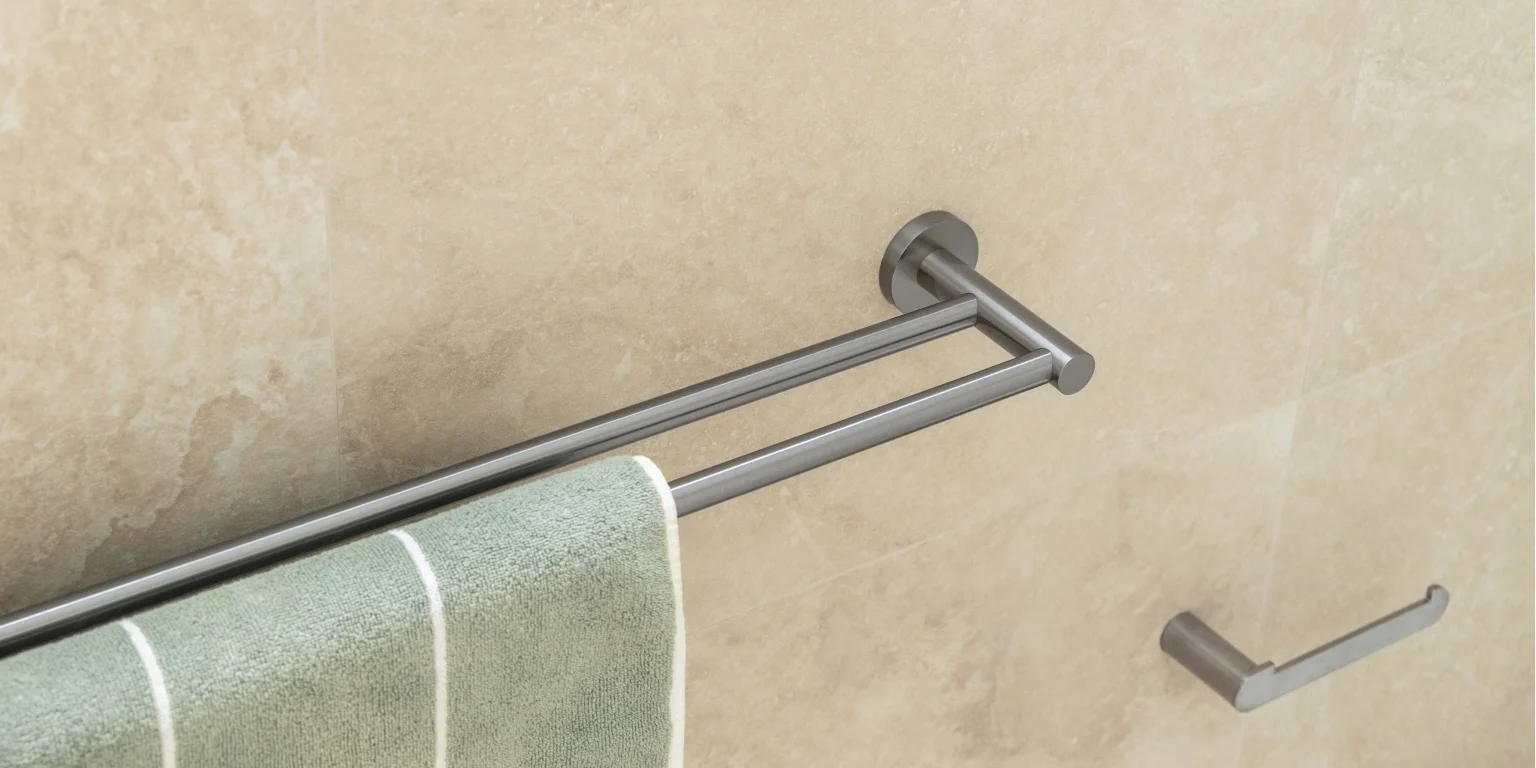
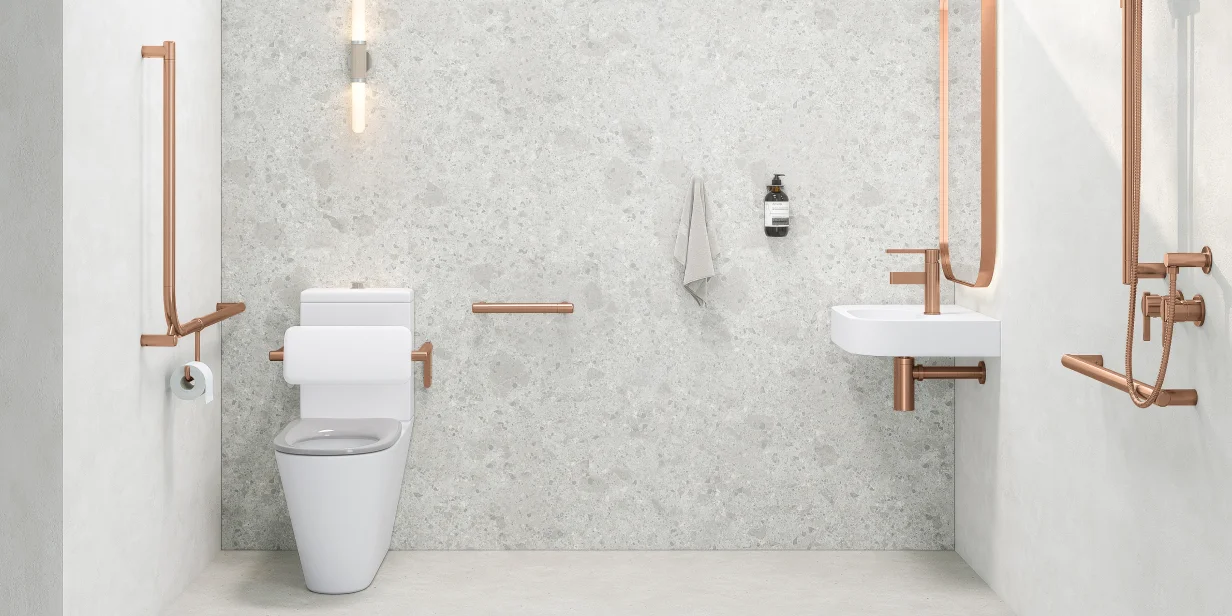
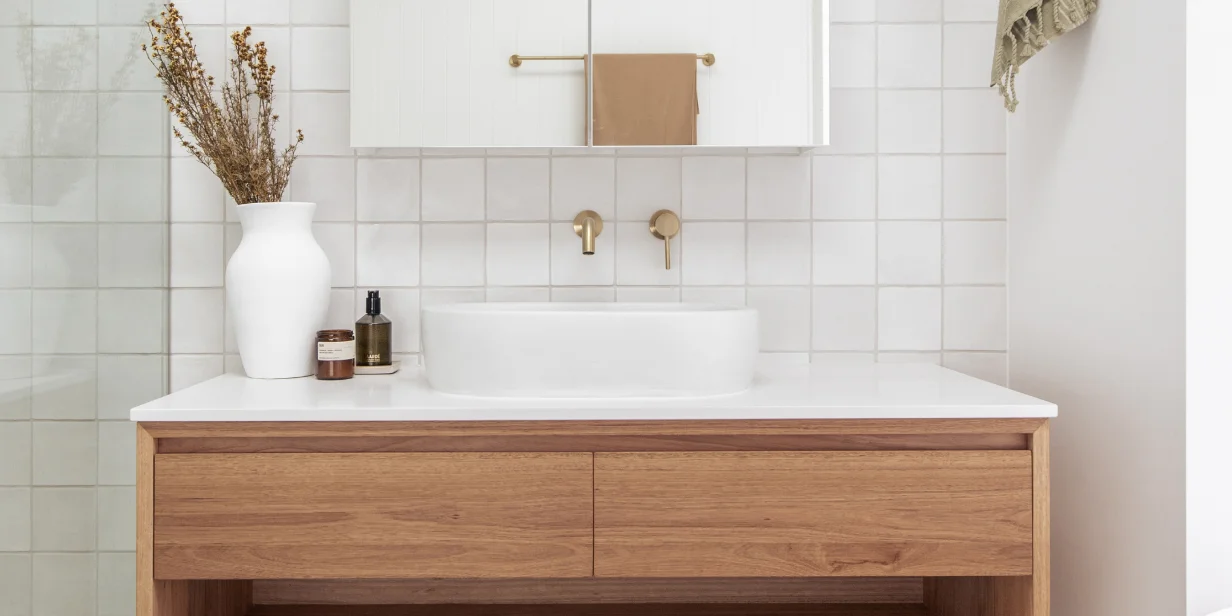
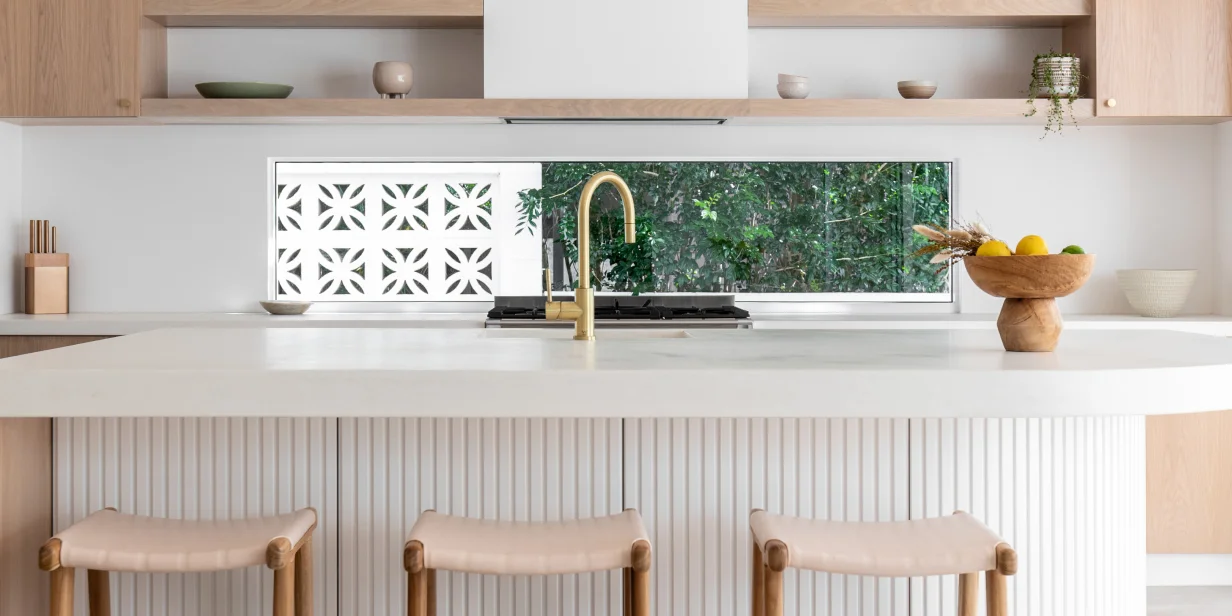
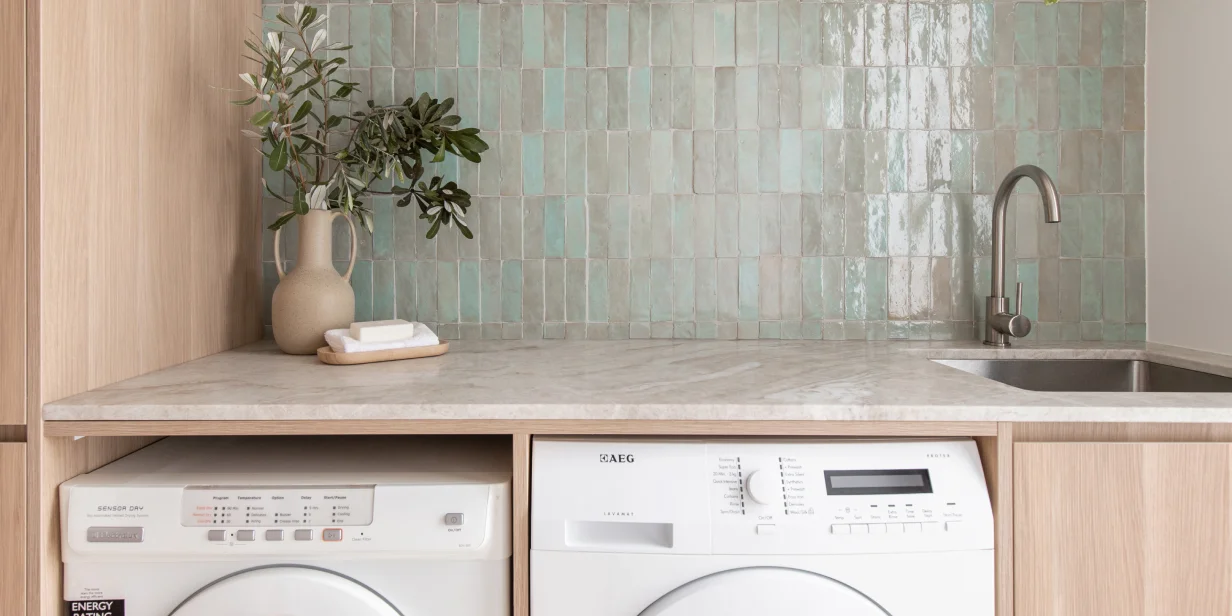
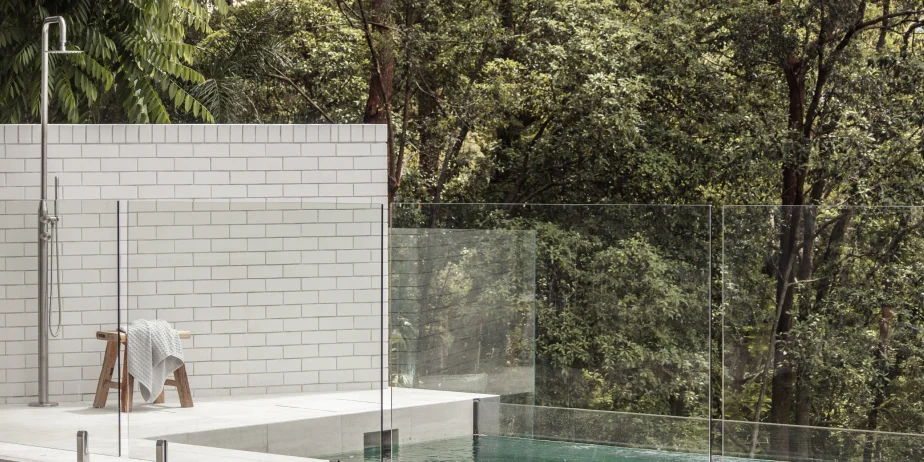






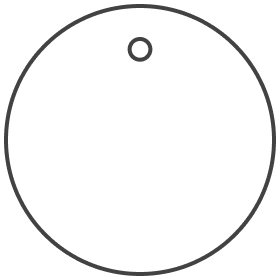
Hi Camille, we are so glad to hear you loved this blog !!